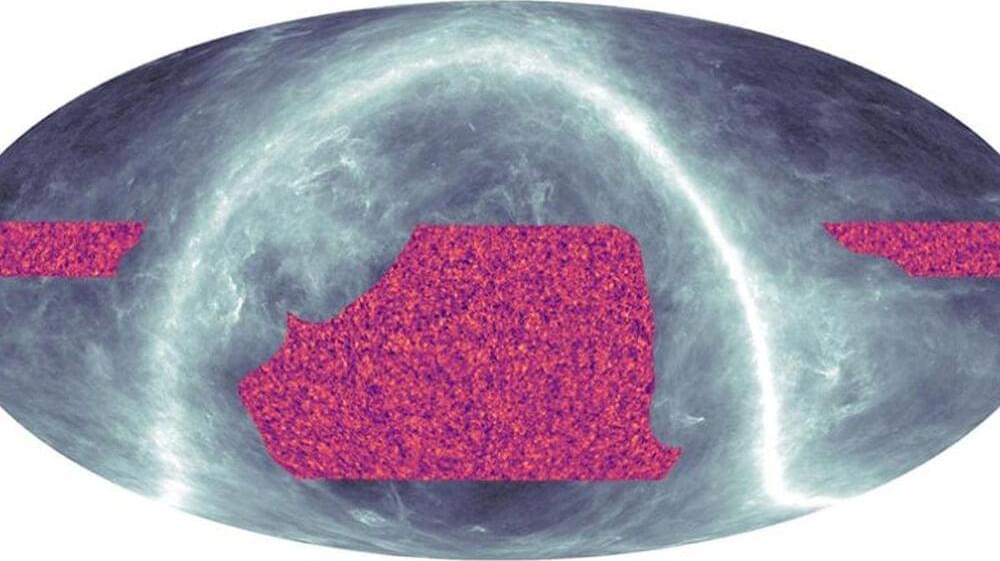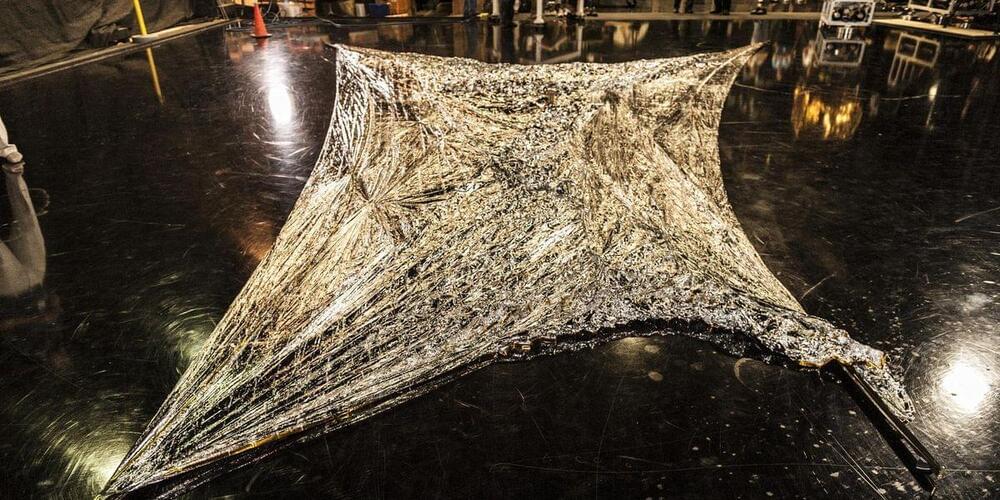AMD CEO, Dr. Lisa Su, states that Moore’s Law is not dead and that innovations such as chiplets & 3D packaging will help overcome the challenges.
Moore’s Law Is Not Dead, Says AMD’s CEO: Working On 3nm, 2nm & Beyond With Latest Innovations
In an interview with Barron’s, AMD CEO, Dr. Lisa Su, points out that Moore’s Law is not dead but has slowed down and things need to be done differently to overcome the performance, efficiency, and cost challenges. AMD has been the pioneer of advancing 3D packaging and chiplet technology with its first HBM designs back in 2015, chiplet processors in 2017, and also the first 3D packaging on a chip with its 3D V-Cache design in 2022.








